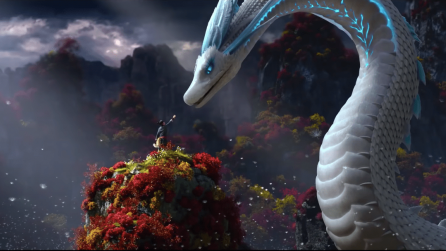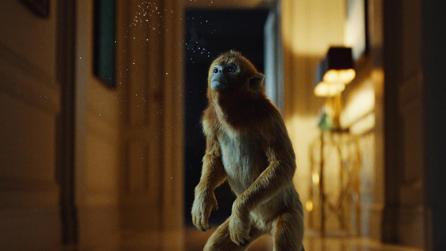Artist Spotlight: Chun Chun Yang
Discussing her career, use of Mari and top tips for those just starting out
Chun Chun Yang has always been an advocate for hard work and her illustrious career is a testament to that. Starting her passion for 3D and textures at the Vancouver Film School on their 3D program, she went on to work in TV animated features—but her career goals lay elsewhere.
“I was glad that I had a job that would pay the bills, but I knew that wasn’t going to be enough for me,” she explains “So any free time I had, I was either practicing or working on a new reel that was aimed for a film job. With some persistence, I eventually worked on my first movie at Prime Focus.”
Since then, Chun Chun has worked on several major productions from Ready, Player One and Beauty and the Beast to Deadpool and Aquaman and is currently working as a Senior Texture Artist and Asset Generalist at Scanline VFX.
Despite her success, she never stopped working hard and taking the necessary steps toward her goals—and she encourages you to do the same. We caught up with Chun Chun to discuss the ins and outs of her career, how she got to where she is today and how she creates realistic texture assets with the help of Mari.
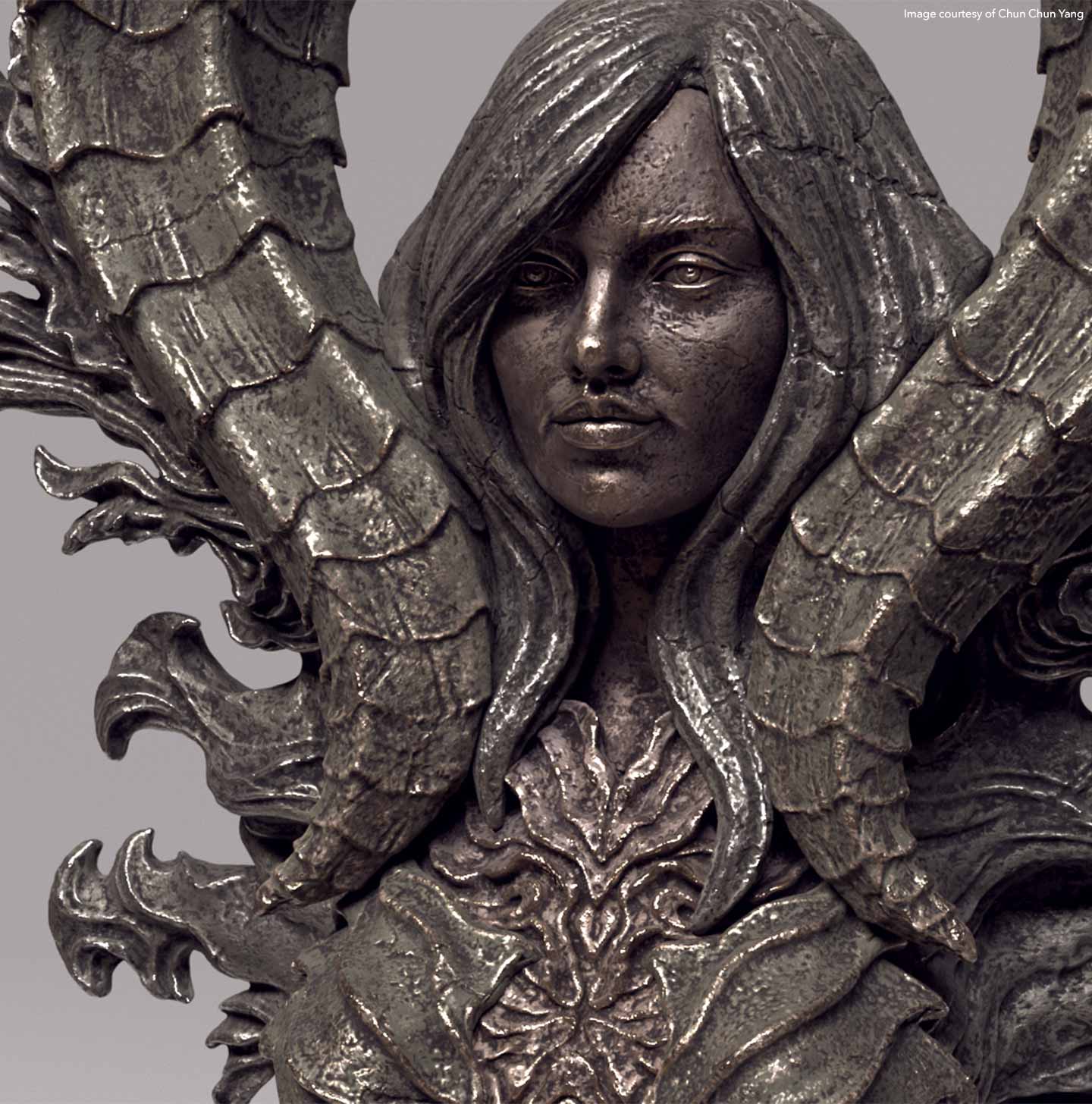
Q: Can you give some insight on your career so far—from starting as a Surface Artist to becoming a Senior Texture Artist, what challenges did you face?
A: Looking back at my career, there are quite a few things I wish I had done differently. But, there are also things I thought were good decisions and I want to share them with upcoming artists who want to work in the industry.
Work your butt off in school
Make sure you do proper research before you start your school and remember it’ll probably be quite expensive. Know what you are getting yourself into and what you want out of it, i.e the amount of work involved in producing a demo reel and what kind of position you want to apply for after school. Once you have the proper preparation, be laser-focused and work your butt off.
When I started school I knew nothing about 3D. My course lasted one year and for the last 6 months I was strictly working on my demo reel, so there wasn’t a lot of time to learn and practice. I was very lucky that I had a lot of hard-working people around me who motivated me and I could learn from. After working 15 hour days for a year, I was able to get my first paying job as a surfacing artist at a local animation studio.
Don’t take things personally
At the beginning of your career, there will be a lot of things that don’t go your way. You might not hear back from the first 20 jobs you applied for, maybe your first industry job has nothing to do with what you want to do or maybe you see your classmates getting the job you want and wonder why it wasn’t you. It’s important to keep motivated and do productive things that lead to your goals. I think the best strategy is to not take anything personally and not to get discouraged.
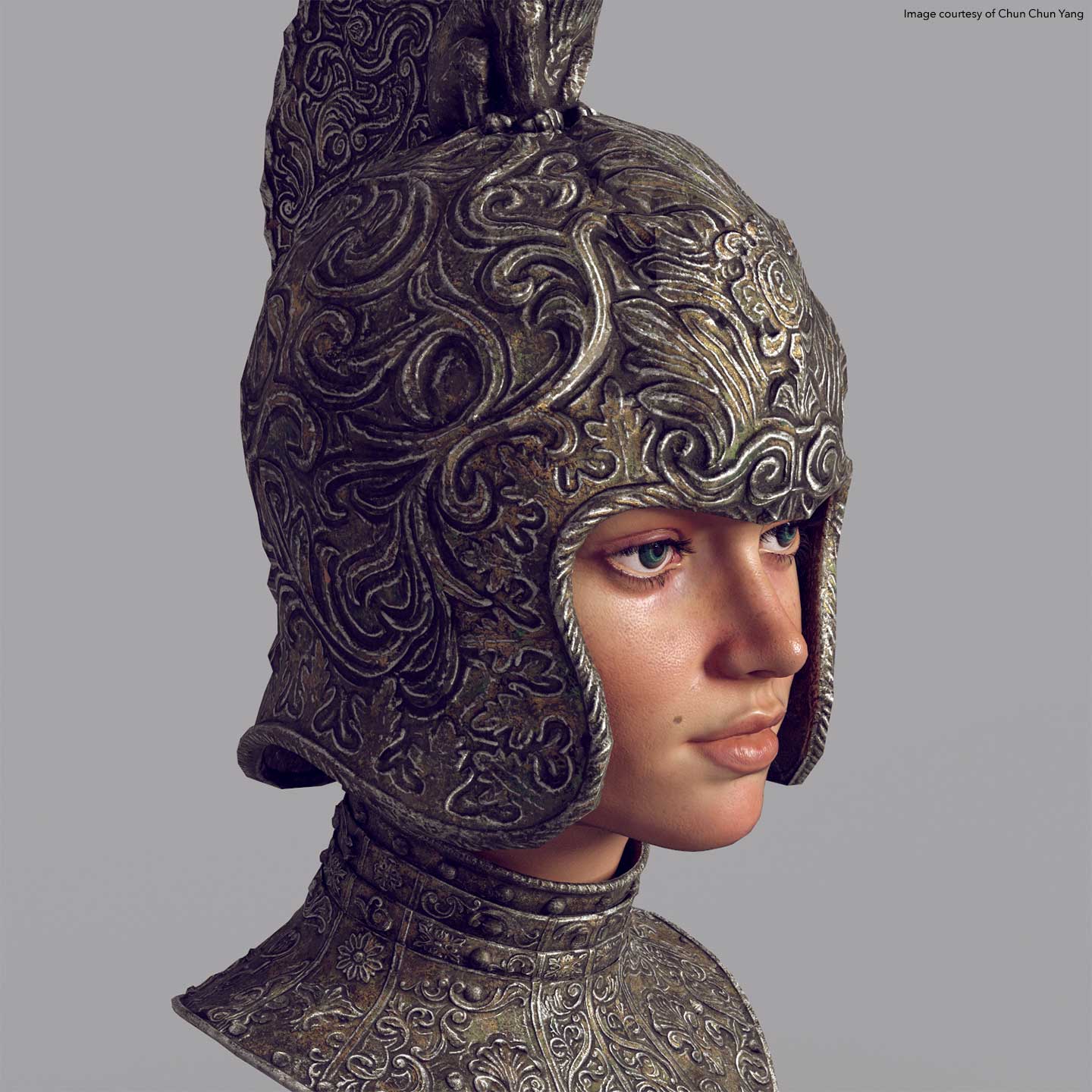
Q: Can you give some insight into your experience working with Mari—how does Mari support your texturing expertise? Do you use it in combination with any other software?
A: I started learning Mari after I started my first job in an animation studio. I knew I wanted to work in film and I needed to know how to use Mari. I don’t think there were a lot of Mari tutorials in 2012/2013, so I decided to work on a project in it and figure it out as I go. It was very frustrating in the beginning, but I found the best way to learn a program is just to use it on an actual project.
I love using Mari because of how intuitive it is for artists. I painted digitally in Photoshop, so when I picked up Mari I instantly felt like I could be a painter and create whatever I wanted, like in Photoshop but for 3D.
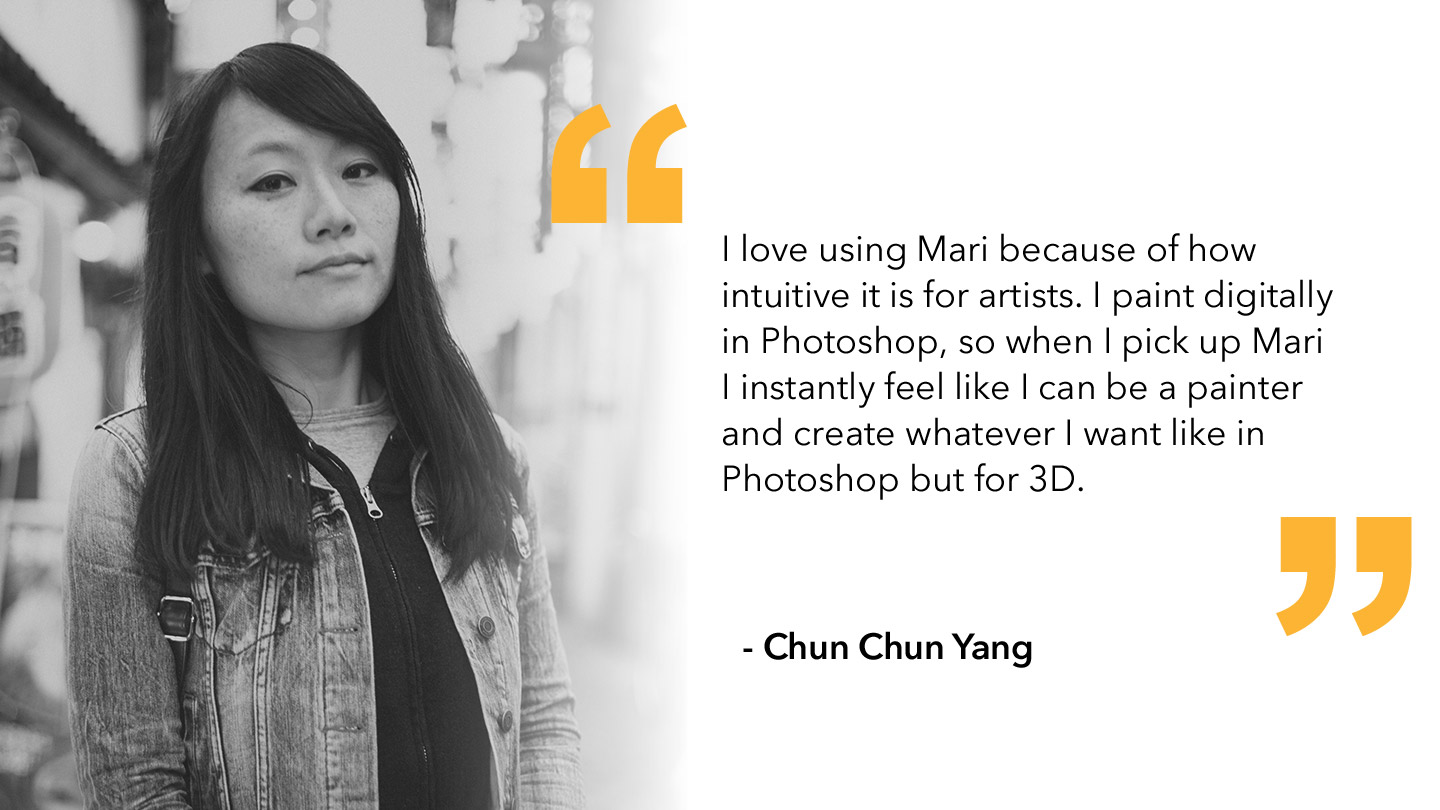
Nowadays, I love to combine Mari with Substance Painter and Designer. People love to compare these two programs but I feel that is a pointless discussion—they have very different strengths.
Mari is powerful in handling large assets, the projection painting feature is extremely artist-friendly and I feel like I always have full control over my paint. For example, when I was working on my character, I needed to project a texturing.XYZ map to a super-refined level, and Mari is simply the best for that kind of detailed work.
I love to take advantage of the best of both worlds and create a fast and high-quality workflow. I would suggest people be open-minded, try things out and figure out the best workflow for what you need to do.
Q: What are you enjoying most about the version of Mari you’re working in?
A: What I love the most about the current version of Mari is the node graph. It has made the texturing process even more efficient and intuitive. Of all my colleagues who have switched to node graphs, none of them can imagine going back to their old ways—they all love it. I know for beginners using node graphs can seem very intimidating, but it’s simpler than it looks and I would encourage them to give it a try.
Q: Your texturing expertise extends across characters, props and environments. What’s your favorite asset to texture, and why?
A: I actually don’t have a favorite subject to create, I like to make pretty things and learn how to make artistic assets, which can take form as a range of things. Anything done well can evoke emotions and as an artist that is the most important skill to learn, it’s something I’m still working on.
Q: How important is traditional texturing vs procedural shading techniques?
A: Procedural methods have always been part of texturing no matter what kind of texturing we are talking about. In the past, texture artists had always used Ambient Occlusion or Curvature to build their material masks in Mari. Only we needed to use different tileable maps to break up those masks until it looked natural and then we’d paint using stencils or by hand.
Q: Do you see the best character texturing workflow as hand painting all the way, or are there techniques to take advantage of proceduralism too?
A: Hand painting and proceduralism are both inevitable processes when it comes to texturing anything. Procedural techniques are good for speed and hand painting is good for irregularity that photorealism often requires. The process you choose to use depends on time and budget, the style you are going for and end quality required. Be familiar with both processes if you want to be a texture artist that stands out.
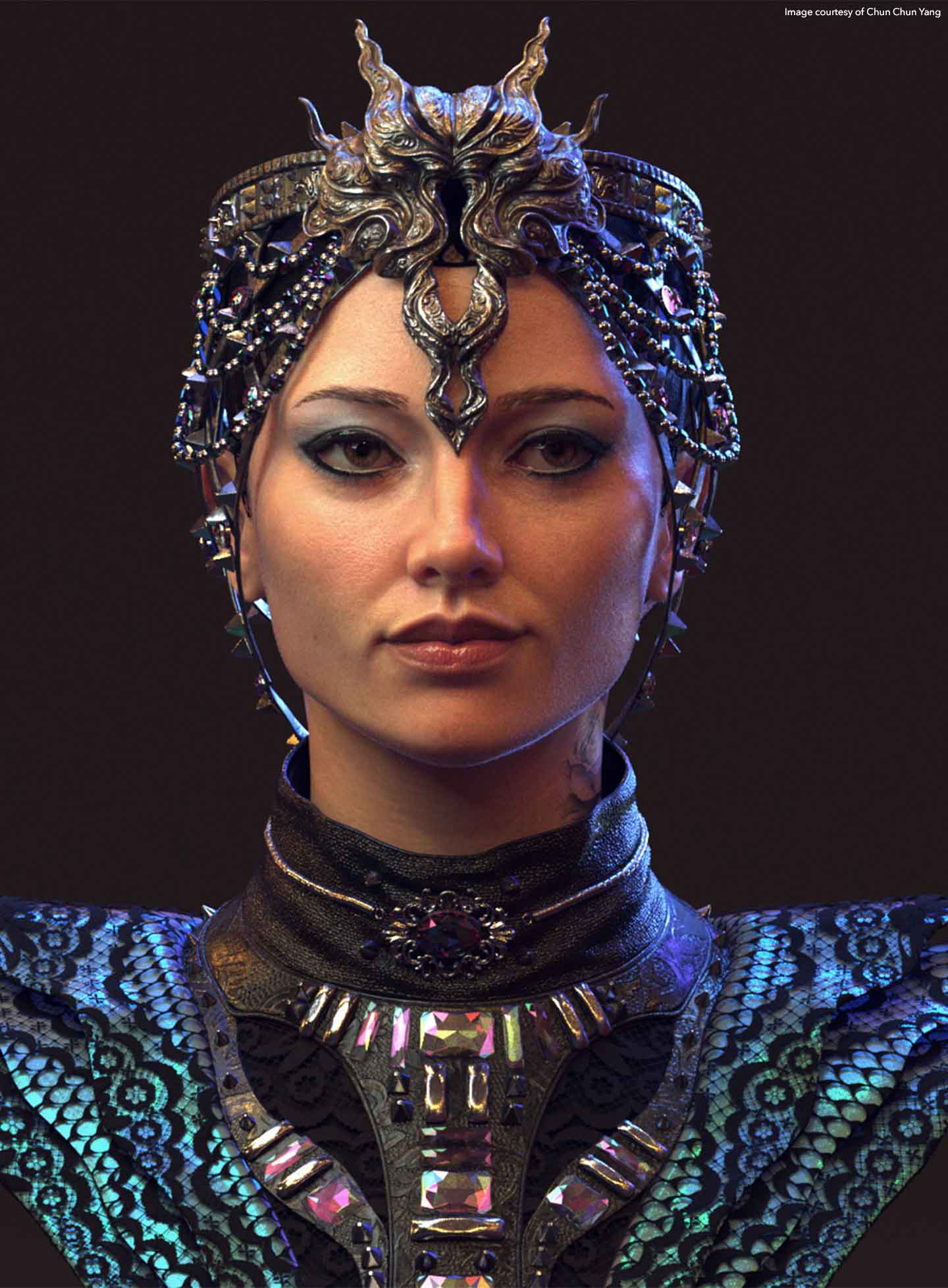
Q: What sources of inspiration do you draw from when it comes to creating your artwork?
A: I think anything that makes me feel something is a source of inspiration—it can be other people’s art, it can be a movie, a TV show, a game or a piece of music.
Q: What resources and processes have you used/still use to perfect your texturing/look development skills?
A: I found that the best—and most practical—way to improve is to practice and work on projects. I get the feeling from some of the requests I’ve had from beginners that they think if they can get their hands on the best, let’s say cloth texturing tutorial, that they won’t have to do any future research. In reality, each project has specific problems and the core skill you need to learn is problem-solving. Working on projects will force you to solve problems and that is what professionals do every day at work.
Q: Do you have tips and tricks for burgeoning artists looking to invest in Mari and for look development?
A: For artists just starting, keep in mind that Mari is not very difficult to learn. It might look very overwhelming in the beginning, but if you spend some time on it, try to make a couple of things with it, you’ll start to enjoy the software.
Q: Do you have any wider tips for artists looking to break into the VFX industry, and specifically look development?
A: If you want to get into the visual effects industry as an asset artist, the first thing you need to do is to research. Find out what a visual effects asset looks like, so when you’re working on your demo reel, you know what you are trying to achieve. If you have a very specific goal, definitely narrow down your priorities and be laser-focused.
Q: What do you think is in store for the future of look development? How does Mari fit into this, in your opinion?
I think we’ll see a lot more real time rendering requirements for our industry. Nowadays, TV and movie productions are starting to use more and more real time renderers like Unreal engine for their production needs. I think in the future we will need a lot more high-quality real time assets, so picking up some skills related to that is pretty important. Mari has implemented really good shading abilities inside of the software so we can preview our textures and materials while we work, it’s very beneficial for this purpose as well.
Check out more of Chun Chun’s work here.
Want to create awe-inspiring texture assets?
